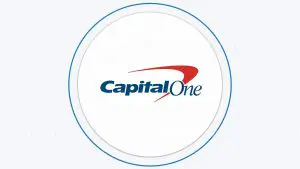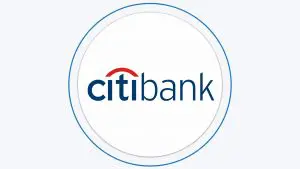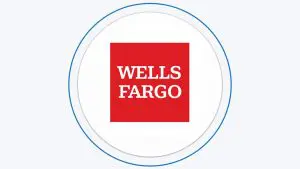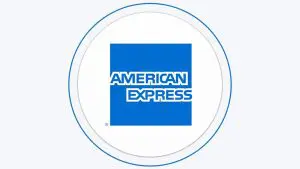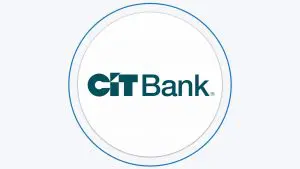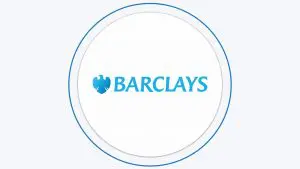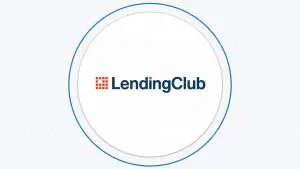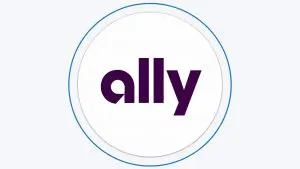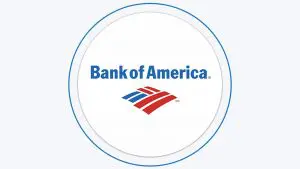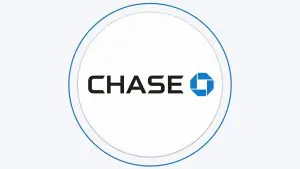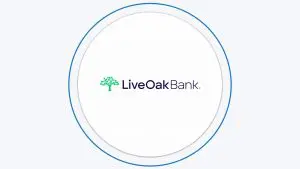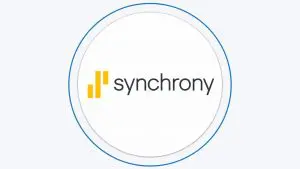Saving money is essential to financial planning, and choosing the right savings account is crucial in achieving your financial goals. Chase and Capital One are two of the most popular banks in the United States, offering savings account options.
In this article, we'll take a detailed look at Chase and Capital One savings accounts, comparing interest rates, fees, account options, and other important factors to help you decide which bank is right for you.
Compare Savings Account Rates
Capital One Performance Savings | Chase Premier Savings | |
|---|---|---|
Savings Rate | 3.70% | 0.01% |
Minimum Deposit | $0 | $25 |
Fees | $0 | $25 per month
Can be waived if you carry $300 account balance at the start of the month, $25+ autosave or linking a Chase checking account
|
Promotion | None | None |
CD Range | 3.50% – 4.00% | 0.02% – 4.00% |
The table provides a comparison of the Capital One Performance Savings and Chase Premier Savings accounts in terms of their savings rate, minimum deposit, fees, promotions, and CD rates.
In terms of savings rate, Capital One Performance Savings wins without competition, while it offers a much higher rate of 3.70%, while Chase Premier Savings only offers a rate of 0.01%.
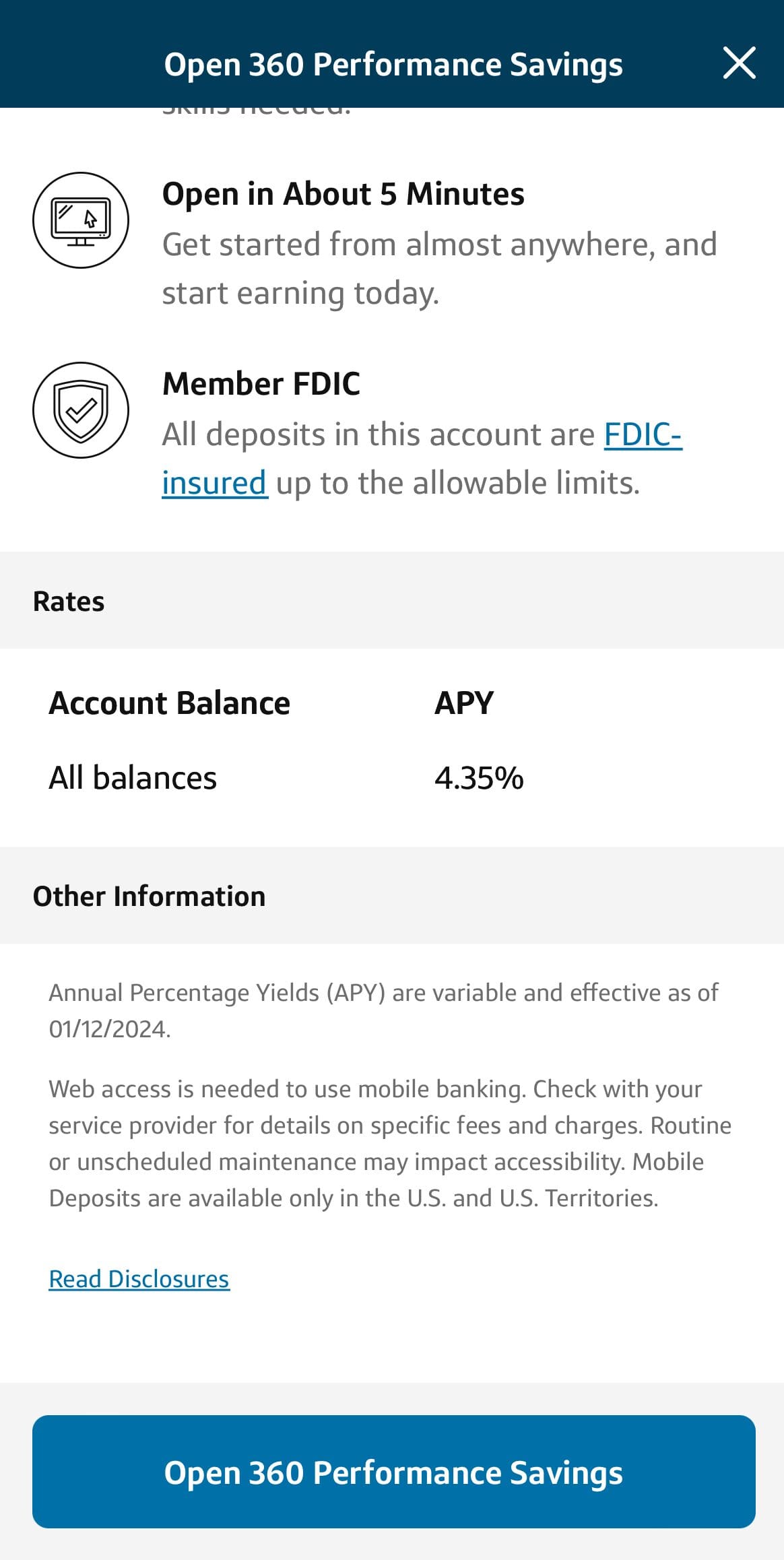
When it comes to account fees, Capital One Performance Savings does not charge any fees, while Chase Premier Savings charges a $25 monthly fee, but it can be waived if you carry above $300 in your account. Both accounts do not offer any promotions currently, so there is no advantage to either account in that regard.
Overall, the Capital One Performance Savings account offers higher savings rates, no minimum deposit or fees, and higher CD rates compared to Chase Premier Savings.
Compare Savings Account Features
Capital One Performance Savings | Chase Premier Savings |
|---|---|
Easy Account Transfers | Access to the Chase Network |
Automatic Savings Plan | Automatic Savings Program |
Multiple Accounts | Sapphire Banking Perks |
Mobile Check Deposit | Daily Compound Interest |
Capital One Performance Savings offers easy account transfers, allowing customers to move their money between linked Capital One accounts or external bank accounts to take advantage of the high-yield rate.
The account also offers an automatic savings plan, allowing customers to keep their savings growing with automatic transfers.
Customers can also create multiple Performance Savings accounts to achieve different financial goals.
Additionally, the account provides a mobile check deposit feature that allows customers to deposit checks almost anywhere, anytime, simply by taking a photo of the check with their phone.

The Chase Premier Savings account offers several attractive benefits, including access to the extensive Chase Bank network, which includes approximately 4,900 branches and a network of 16,000 ATMs nationwide.
In addition, the account features an automatic savings program that can help you work towards your savings goals by setting goals in the Chase mobile app.
If you link your Premier Savings account to your Chase Sapphire Checking, you can also access Sapphire Banking perks such as special event access and early ticket sales.
Plus, the interest you earn on your account balance compounds daily, allowing you to potentially earn even more interest over time.

Savings Calculator: Visualize Your Savings Growth
Initial deposit
Monthly contribution
Period (years)
APY
-
Interest earned
-
Contributions
-
Initial deposit
Total savings
* Make sure to adjust APY and deposit
Breaking Down Alternative Savings Choices
Choosing the right savings account is a critical decision that can help you achieve your financial goals. With so many options available in the market, it can be overwhelming to decide which one is the best fit for your needs.
If you've decided Capital One and Chase is not for you, we've compiled a table comparing the savings account rates and minimum deposit requirements of traditional banks, online banks, and credit unions.
Bank/Institution | Savings APY | Min Deposit | Type |
|---|---|---|---|
Up to 4.10% | $100 | Online Bank | |
4.20% | $0 | Online Bank | |
3.70% | $0 | Traditional Bank | |
4.02% | $0 | Online Banking | |
3.75% | $0 | Online Banking | |
3.70%
| $0 | Online Bank | |
3.90% | $0 | Online Bank | |
4.40% | $100 | Online Banking | |
3.95%
The highest rates available with the Virtual Wallet with Performance Select (available only in specific regions & states)
| $0 | Traditional Bank | |
4.00% | $0 | Online Bank | |
3.85% | $100 | Online Bank | |
3.06% – 3.10% | $0 | Credit Union | |
3.60% | $0 | Online Bank | |
up to 3.80% | $1,000 – $5,000 | Online Bank | |
2.90% | $5 | Credit Union |
Compare Chase Savings
There is no competition when it comes to savings rates – Discover wins Chase clearly. However, each of them has its own benefits and tools.
Chase Savings vs Discover Online Savings Account: Compare Side By Side
Ally Savings offers much higher savings rate compared to Chase Savings Premier. What other features and benefits they offer?
Chase Savings vs Ally Bank Savings Account: Compare Side By Side
PNC offers much higher savings rate than Chase, but PNC states are very limited. Here's our full savings account comparison.
Compare Capital One Savings
While Citi Accelerate Savings account offers a slightly higher APY than Capital One 360 Performance Savings, it has drawbacks to consider.
Citi Accelerate Savings vs Capital One 360 Performance Savings: Which Is Better
The Discover Online Savings and the Capital One 360 Performance Savings rates are similar. Compare account features, benefits and drawbacks.
Discover Online Savings Account vs Capital One 360 Performance Savings: Compare Side By Side
Compare Ally and Capital One Savings account rates, features, benefits, and limitations to determine which one is the best option for you
Ally Bank Savings Account vs. Capital One 360 Performance Savings: Which Is Best?
Capital One and Amex savings rates are quite similar. However, each of them has its own benefits, features and tools. Here's our comparison: Capital One 360 Performance Savings vs. American Express High Yield Savings Account
Our Savings Accounts Comparison Methodology
The Smart Investor team has conducted a comprehensive comparison of savings accounts, analyzing each based on these critical categories to help you decide where to entrust your savings.
- Savings Rates: The savings rates category delves into the interest rates offered by each account, assessing their competitiveness in the market. Higher interest rates mean greater returns on your savings over time, providing a crucial incentive for account holders to choose one account over another. Additionally, we explore any promotional rates or conditions that may affect the account's overall value.
- Savings Features: We examine the features and benefits accompanying each savings account. From account minimums and fees to accessibility through online and mobile banking platforms, these features can significantly impact the convenience and utility of the account for account holders. We also consider perks like overdraft protection, automatic savings plans, and rewards programs.
- Customer Experience: A positive customer experience is paramount in banking, and we evaluate each institution's performance in this area. This includes aspects such as the ease of account opening, quality of customer service, availability of support channels, and overall user satisfaction on platforms such as Trust Pilot and JD Power ranking.
- Bank Reputation: The bank's reputation carries weight in the decision-making process. Factors such as financial stability, regulatory compliance, and public perception contribute to the overall trustworthiness and reliability of the institution.

